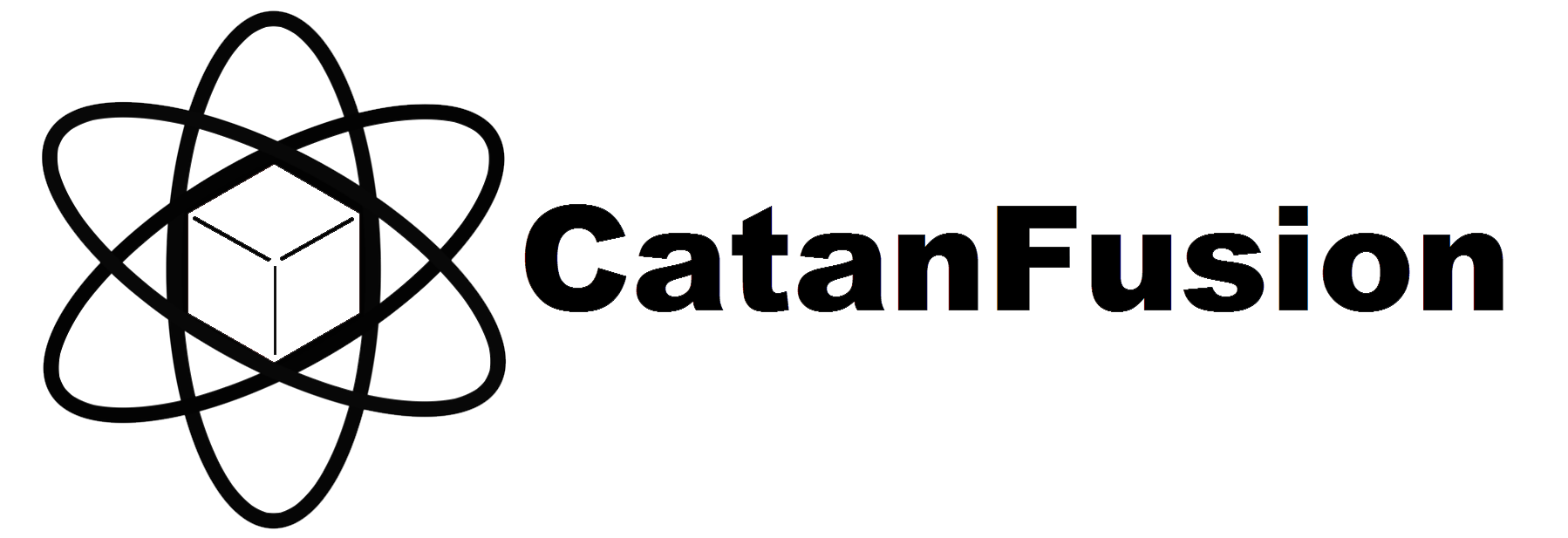This is a Placeholder
Before you read this article, you will need to know the following terms and definitions:
| Coin (-s): | Noun. Singular or Plural. Dissambiguation: Refers to either a commodity card or a cash value of a gold piece. |
| Gold Piece:(-es): | Noun. Singular or Plural. Small, round golden cardboard tokens of two different sizes representing cash values called "coin". |
| Scenario(-s): | Noun. Singular or Plural. A small set of playing pieces and instructions that can be added to normal Catan gameplay. It cannot be played by itself--it must be used in conjunction with a standalone (base) game. The "Oil Springs" scenario is a good example of this. |
| Variant(-s): | Noun. Singular or Plural. A set of instructions for using the pieces from a Catan game or expansion in a new way. Most variants are fan-generated and require printing and cutting out new pieces. |
Field Hexes
Unlike in the Catan base game, the Catan: Crop Trust scenario specifies the crops depicted by the "grain" card. Here, the fields produce wheat, maize, rice, quinoa, and beans. Hence, for all these crops we use the generic term "food" instead of "grain." The grain resource cards are called "food cards." The grain resource tokens are called "food tokens."
If the production number drawn matches that of a fields hex adjacent to a player's structure, they must make the following choice:
- Harvest Food: To harvest food, the player removes a cardboard crop token of their choice from the fields hex and returns it to the supply. This is symbolic of a harvest. After removing a crop token--no matter of which type--from a fields hex, take a food card (grain card) or wooden food token (wooden grain token) from the supply. The maximum number of crop tokens removed from the fields hex is determined by the following two things:
- The number of crop tokens on the fields hex. A player may not remove more crop tokens from a fields hex than exist on that fields hex.
- The type of structure adjacent to the fields hex. A player may only remove up to the number of crop tokens equal to the number of food cards and food tokens their structure may harvest.
- Do Not Harvest Food: To not harvest food, the player may choose not to remove a crop token from the field. In this case, however, the player does not receive any food cards or food tokens.
Because crop tokens are a finite resource with a limited quantity, the choice to harvest/not harvest is decided in several harvest rounds. Harvest rounds are conducted in player order (clockwise), starting with the player that drew the Production Number (called the "active/current player"). If the active player does not have a structure adjacent to the producing hex, start with the next player in a clockwise order entitled to receive production from this hex. During a harvest round, each player who has a right to harvest crops from this hex decides whether to remove one (1) crop token and take one (1) food card in exchange. Each player participating in the harvest of crops produced by a fields hex may only remove one (1) crop token when it is his/her turn to select.
Example: White rolls/draws a production number of "9". The player order is White-Red-Blue-Orange. Red, Orange, and Blue are adjacent to the grain hex with a production number of "9". Since White does not have an eligible structure adjacent to the grain hex, the Harvest Round proceeds to Red. Red is the first player clockwise from White and decides to harvest. Red removes one (1) wheat crop token from this hex (returns it to the supply) and exchanges it for a food card (takes a grain card from the supply). Blue also decides to harvest. Blue removes one (1) beans crop token and takes a food card. Blue cannot remove a 2nd crop token until the 2nd harvest round. Orange removes one (1) maize crop token and takes a food card. Blue can now take his second harvest for his town, but he chooses not to harvest. This fields hex now has only two (2) remaining crop tokens. The next "9" roll will definitely force some hard choices due to a crop shortage on this field.
If someone draws/rolls the production number on a fields hex and that hex does not contain enough crop tokens for all players entitled to harvest the crops produced by that hex, players still harvest food in 1-2 harvest rounds as normal. Harvesting stops when the hex bears no more crop tokens.
Should there be no more crop tokens on a fields hex when it is your turn to harvest, you cannot harvest. You cannot obtain a food card/food token. Now, all the owners of structures adjacent to this fields hex can no longer harvest to receive food cards.
IMPORTANT NOTE: If, during the production phase, a player removes a crop token from a fields hex, thereby causing either of the Crop Trust end game conditions listed below to occur, that player loses the game--even if they have the most crop tokens on their crop storage record. In this case, the player with the second (2nd)-most crop tokens on their crop storage record wins (as described in article 3.9.1, entitled "Pyrrhic Victory"):
- If more than half of the game board's revealed fields hexes no longer contain crop tokens, the game ends immediately in a Pyrrhic Victory. This may change as additional fields hexes are revealed throughout the game, but only fields hexes with Production Numbers count for this total.
- If two (2) or more of the five (5) plant species are extinct, the game ends immediately in a Pyrrhic Victory.
Jump to the previous article!
Jump to the next article!
